If you've ever tried to connect a flash drive formatted in the Windows operating system to your Mac or MacBook, you know that it's no mean feat. You can view the files, but if you want to write something to a flash drive or an external drive, you're out of luck. The same is true of course the other way around. If you try to connect a flash drive formatted in macOS to Windows, you will see a notification saying that you must format the drive before using it. So is there any way you can use external media on both operating systems at the same time?
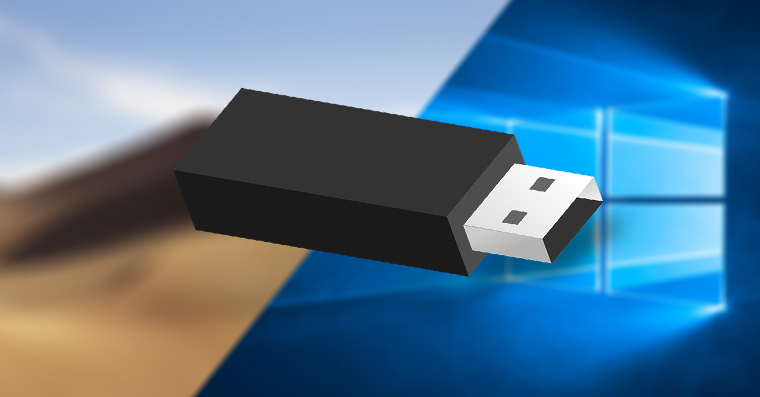
First a bit of theory
This whole issue relates to the different file systems that both operating systems use. In the case of Windows, it is currently the NTFS file system (on older devices FAT32), on macOS it is now APFS (on older devices the HFS+ file system marked as macOS journaled, etc.). So, as you can see, none of the listed file systems match each other, and therefore the situation can be quite problematic.
However, there are other file systems that are not default for either operating system, but that certainly does not mean that you cannot use them. In order to be able to use an external disk or flash drive on both systems, we will be interested in FAT and exFAT file systems. Both can work without problems both on Windows and macOS.
The FAT file system is older than exFAT and has one huge drawback. It cannot work with files that are more than 4GB. In the past, of course, it was not expected that files could ever be so large - that's why FAT was enough. However, as time moves forward, over time the FAT file system stopped being suitable. Until now, however, we can encounter it, for example, with older flash drives that have 4 GB or less. The exFAT file system does not suffer from any limitations compared to FAT, but you still have to meet certain conditions to be able to use it. In the case of the Windows operating system, you must have at least Windows Vista SP1 or later, in the case of macOS 10.7 Lion and later. However, this condition is met by the majority of users, and therefore we can get into practice.
It could be interest you
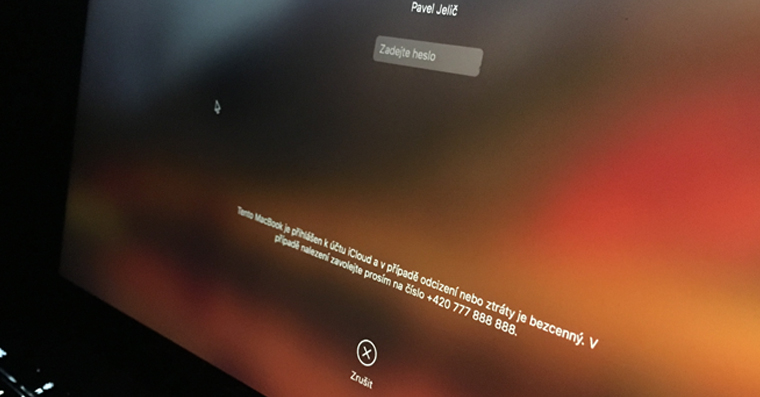
How to format external media to exFAT file system
Even before we jump into the process itself, it is necessary to take into account that every time you format, all the data that is stored on the formatted medium will be lost. So, before you start formatting, check that you have all your data backed up.
First, you need to connect the drive you want to format to your macOS device. After connecting and recognizing the disk, we open the Disk Utility application. After opening the application, a window will appear in which, in the left menu, find the External drive that you connected to the Mac under the heading. An overview and all information about it will be displayed, including the file system that the disk is currently using. Now we click on the Delete button in the upper part of the window. In the new window that appears, choose the disk name (you can change it at any time) and select the exFAT file system as the format. After that, just click on the Delete button and wait until the formatting is finished. After that, you can use the formatted disk on both operating systems at the same time.
Beware of APFS
If your flash drive is currently formatted for the APFS file system, the procedure is slightly more complicated. In Disk Utility, you will not see the option to format to exFAT. First, you need to format the disk in the Windows operating system. Here, you just need to right-click on the flash drive icon, and then select the Format box from the menu... In the new window, just select exFAT as the file system and start formatting with the Start button. But now the flash drive still won't work. As it is now, you still need to connect it to your Mac and reformat it to exFAT one more time using the instructions above.
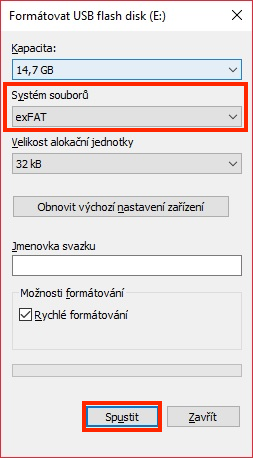
I hope you have found out with this tutorial how to easily use external drives and flash drives in both Windows and macOS at the same time. My personal experience is that the last formatting must always take place in macOS. If you try to format exFAT in Windows, it is quite likely that your flash drive will not work in macOS. In this case, it is enough to reformat the disk once more. At the same time, take into account that the exFAT format is not supported, for example, by televisions. So if you record a movie or series on a flash drive with the exFAT file system, you will most likely be out of luck.
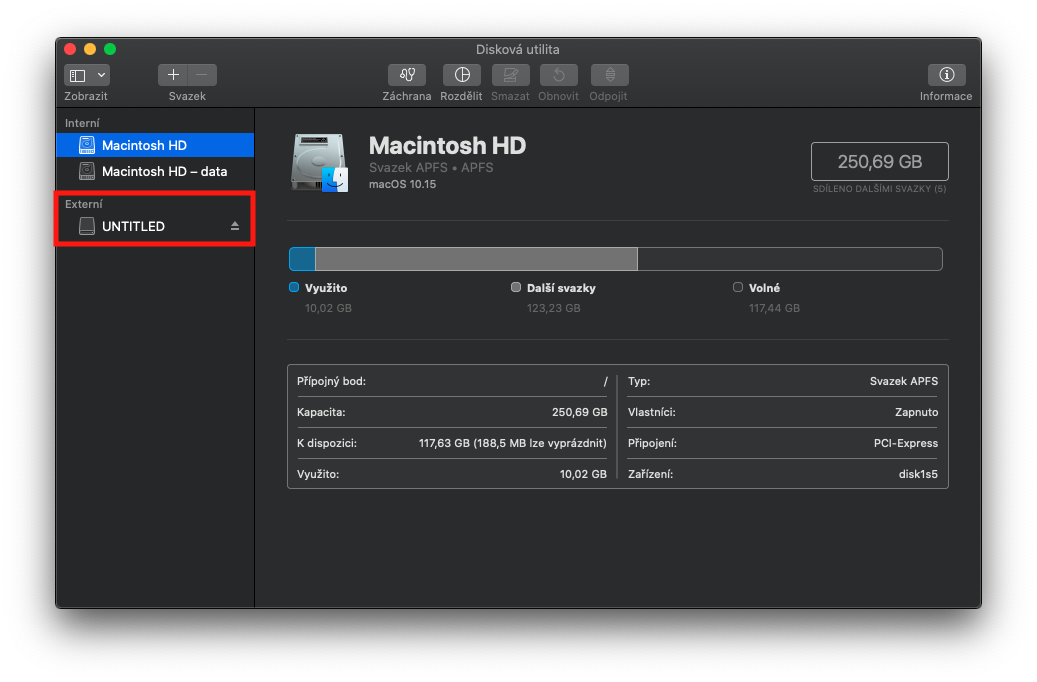
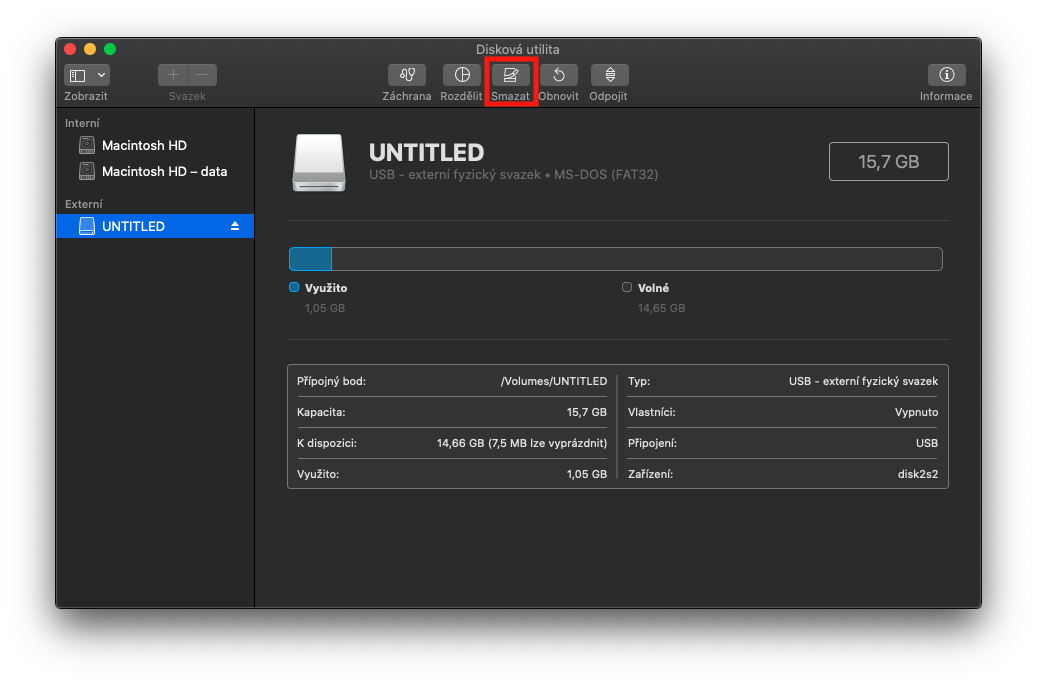
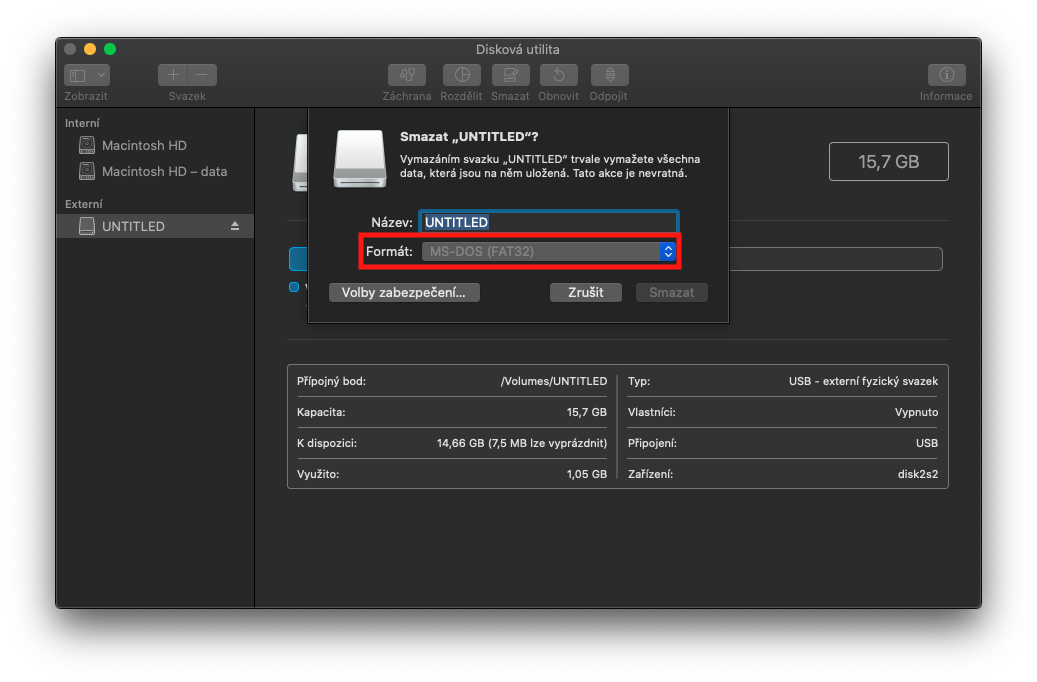
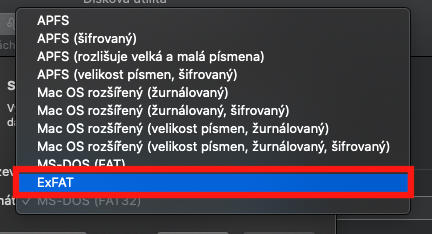
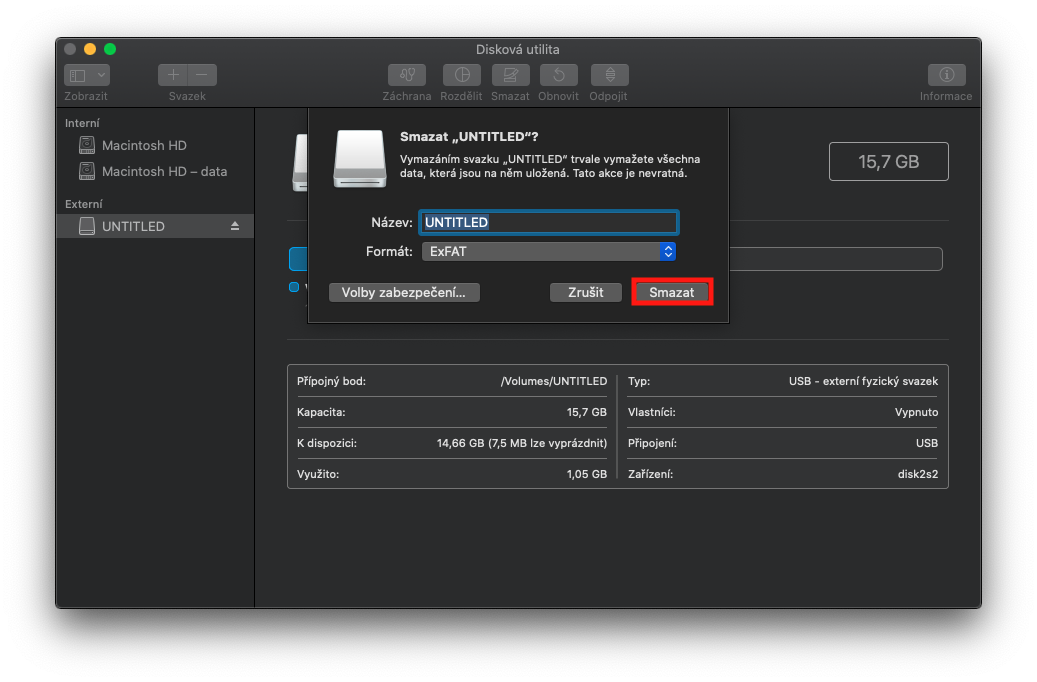
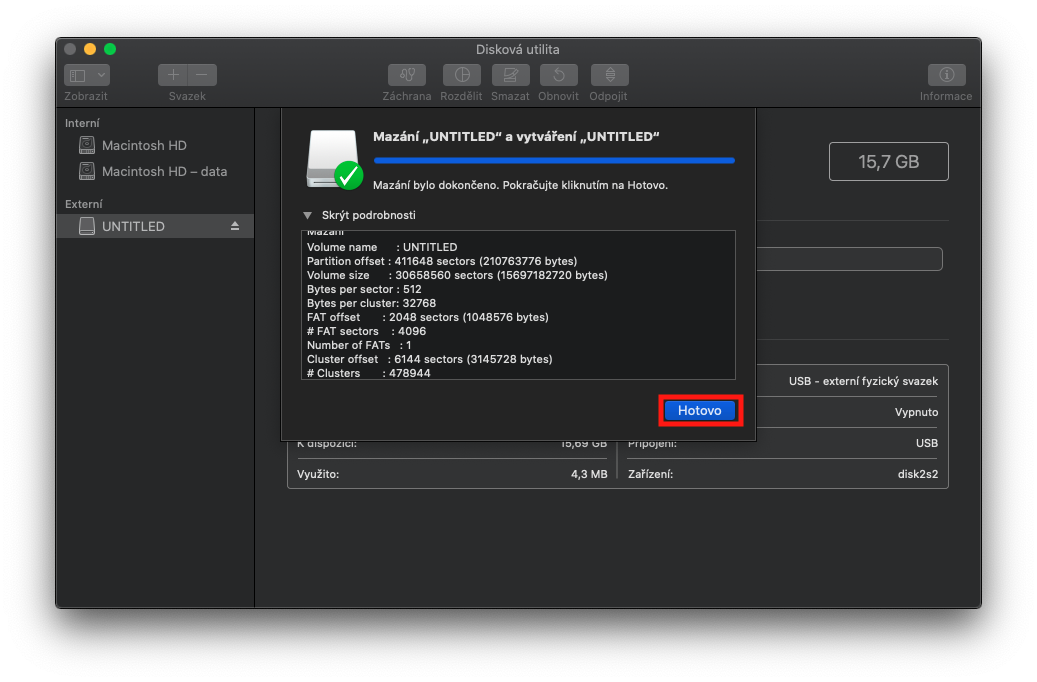
I have a curved LED Samsung 3″ that is about 49 years old, and both flash drives and a 2TB USB external drive normally work for me in ExFAT format... But the truth is, there are brands where this is not possible.
Anyway, everyone who uses a Mac simply has to have NTFS enabled in some way. I use Paragon NTFS and no problems.
"If you've ever tried to mount a flash drive formatted in an operating
Windows system to your Mac or MacBook... ...You can view the files, but if that you would
they wanted to write something to a flash drive or an external drive, so you're out of luck. "
What the hell is this again???!!!!! What "artist" thought of this again...
Well, if you don't have an NTFS program there, you can only view it
I bought a Samsung 64GB flash drive and when I format it to exFAT, I can put any movie there, but the LG TV tells me that it must be formatted by Windows. If I format it to something else on the Mac, it won't take the mkv movie because it's big. Don't you know if it can be solved at all?
Unfortunately, you can't just buy the Tuxera, Paragon or Mounty app. Thanks to these applications, you get access to the NTFS format from Windows even within macOS.
Download Mounty for free, then you can work "normally" with files in NTFS.
Just remove the partitions and all options are available. No need to go anywhere to a win computer.
To be precise, disk utility. Select the partition on the desired drive on the left. In the upper right, tl remove partition. Then another tl to erase the disk. A wide array of file systems including exFAT will appear in the selection.